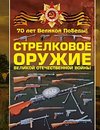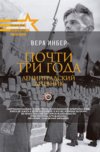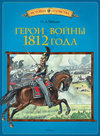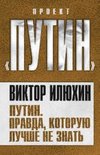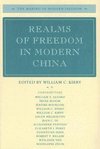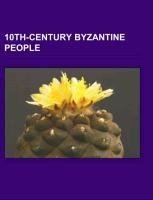
10th-century Byzantine people
Source: Wikipedia. Pages: 39. Chapters: Nicholas Mystikos, Patriarch Theophylact of Constantinople, John Kourkouas, Theophano, Michael Bourtzes, Constantine Doukas, Leo Choirosphaktes, Leo Phokas the Elder, Eustathios Maleinos, Samonas, Andronikos Doukas,... Viac o knihe
Produkt je dočasne nedostupný
15.84 €
bežná cena: 18.00 €
O knihe
Source: Wikipedia. Pages: 39. Chapters: Nicholas Mystikos, Patriarch Theophylact of Constantinople, John Kourkouas, Theophano, Michael Bourtzes, Constantine Doukas, Leo Choirosphaktes, Leo Phokas the Elder, Eustathios Maleinos, Samonas, Andronikos Doukas, Theophanes, Helena Lekapene, Melias, Saint Nikon the Metanoeite, Joseph Bringas, Bardas Phokas the Younger, Bardas Skleros, Luke of Steiris, Zoe Karbonopsina, Peter Phokas, Theophilos Kourkouas, Constantine Maleinos, Himerios, Helena, daughter of Alypius, Athanasius the Athonite, Constantine Lips, Theodora, daughter of Constantine VII, Theodora, wife of Romanos I, Patriarch Polyeuctus of Constantinople, Symeon the Metaphrast, Nilus the Younger, Damian Dalassenos, Arethas of Caesarea, Leo Phokas the Younger, Kalokyros Delphinas, Irene Lekapene, Agatha, wife of Samuil, Theophanes Continuatus, Euthymius of Athos, Eudokia Baïana, John Kaminiates, John Chryselios, Symeon the Studite, Nicholas Picingli, Leo the Deacon, Bardas Phokas the Elder, Michael Maleinos, Joseph Genesius, Basil the Copper Hand, Patriarch Tryphon of Constantinople, Basil Lekapenos, Hero of Byzantium, Antony II of Constantinople, Patriarch Nicholas II of Constantinople, Gregory Tarchaneiotes, Patriarch Euthymius I of Constantinople, Patriarch Basil I of Constantinople, Theophanes Nonnus, Alexios Mosele, Theodosius the Deacon, Patriarch Sisinnius II of Constantinople, Hero the Younger, John Bogas, Patriarch Antony III of Constantinople, Vakram, Patriarch Stephen II of Constantinople. Excerpt: John Kourkouas (Greek: , fl. circa 915-946), also transliterated as Kurkuas or Curcuas, was one of the most important generals of the Byzantine Empire. His successes in battle against the Muslim states in the East definitively reversed the course of the centuries-long Byzantine-Arab Wars and began Byzantium's 10th-century "Age of Conquest". Kourkouas belonged to a family of Armenian descent that produced several notable Byzantine generals. As commander of one of the imperial bodyguard regiments, Kourkouas was among the chief supporters of Emperor Romanos I Lekapenos (reigned 920-944) and facilitated the latter's rise to the throne. In 923, Kourkouas was appointed commander-in-chief of the Byzantine armies along the eastern frontier, facing the Abbasid Caliphate and the semi-autonomous Muslim border emirates. He kept this post for more than twenty years, overseeing decisive Byzantine military successes that altered the strategic balance in the region. During the 9th century, Byzantium had gradually recovered its strength and internal stability while the Caliphate had become increasingly impotent and fractured. Under Kourkouas's leadership, the Byzantine armies advanced deep into Muslim territory for the first time in almost 200 years, expanding the imperial border. The emirates of Melitene and Kalikala were conquered, extending Byzantine control to the upper Euphrates and over western Armenia. The remaining Iberian and Armenian princes became Byzantine vassals. Kourkouas also played a role in the defeat of a major Rus' raid in 941 and recovered the Mandylion of Edessa, an important and holy relic believed to depict the face of Jesus Christ. He was dismissed in 944 as a result of the machinations of Romanos Lekapenos's sons, but restored to favour by Emperor Constantine VII, serving as imperial ambassador in 946. His subsequent fate is unknown. John was a scion of the Armenian Kourkouas family-a Hellenized form of their original surnam...
- Vydavateľstvo: Books LLC, Reference Series
- Formát: Paperback
- Jazyk:
- ISBN: 9781156814208

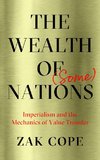
 Anglický jazyk
Anglický jazyk 


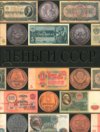
 Ruský jazyk
Ruský jazyk 
